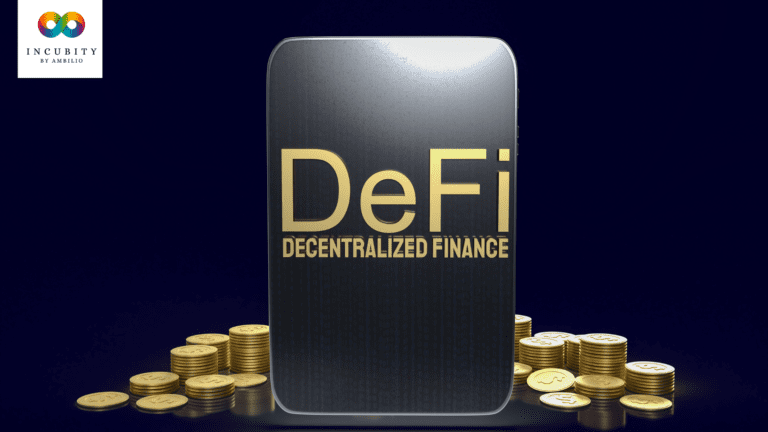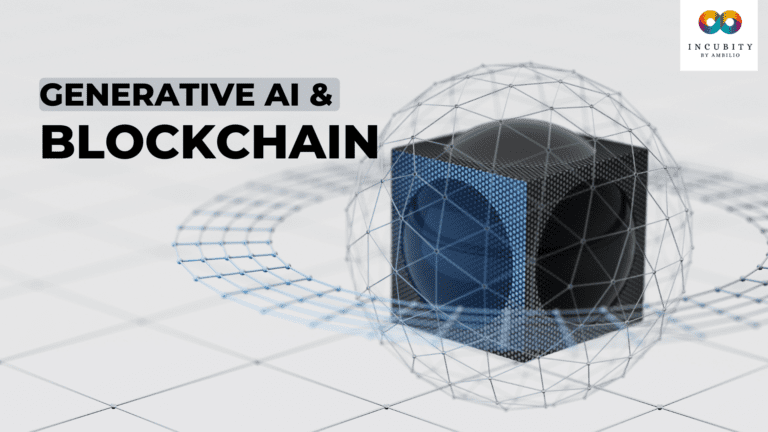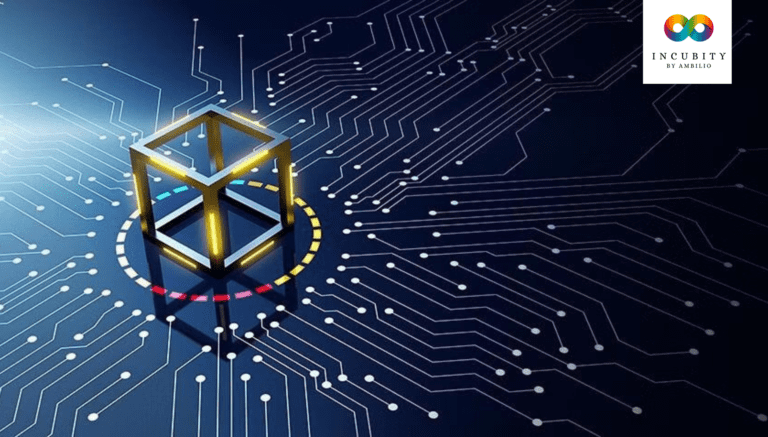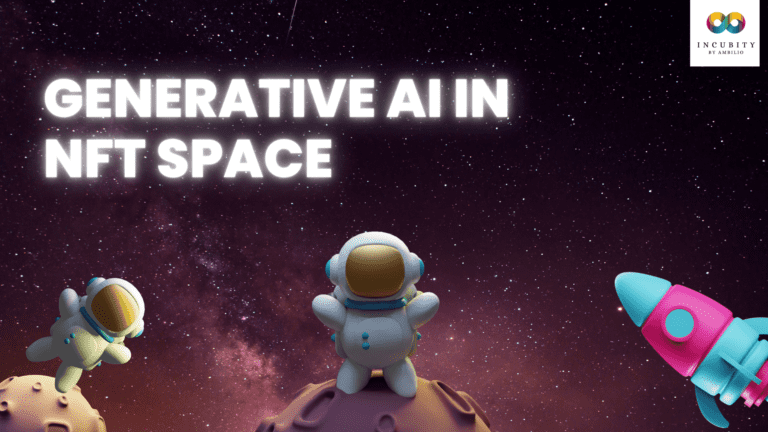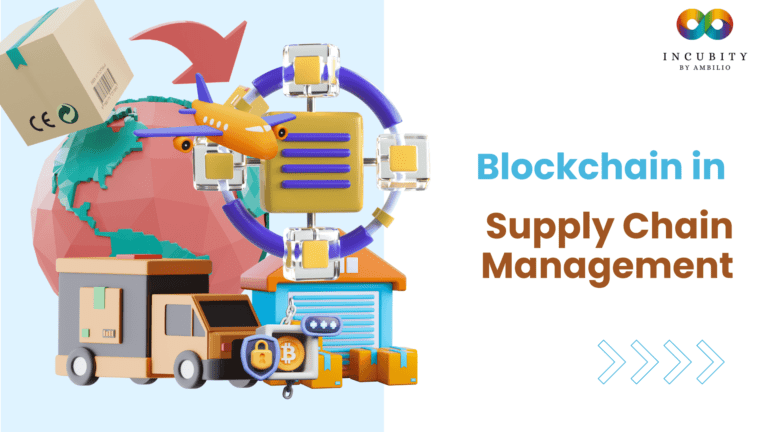Blockchain technology has been recognized as a potential disruptor of traditional financial systems and processes, and the asset management industry is no exception. In this article, we will explore the benefits and challenges of implementing blockchain technology in the asset management sector. We will provide an overview of asset management and the key challenges it faces, discuss the potential use cases and benefits of blockchain technology in asset management, and present an implementation of using blockchain in the sector. By the end of this article, readers will have a good understanding of how blockchain technology can improve the efficiency, transparency, and security of asset management operations.
Introduction
Blockchain technology is a decentralized, distributed ledger system that is used to record transactions in a secure and tamper-proof manner. It relies on a network of nodes to validate transactions and maintain the integrity of the ledger. Each block in the chain contains a unique cryptographic hash that links it to the previous block, making it virtually impossible to tamper with the data stored in the chain.
The financial industry has been one of the early adopters of blockchain technology, recognizing the potential for the technology to disrupt traditional financial systems and processes. Blockchain technology can help reduce transaction costs, increase transparency, and enhance the security and privacy of financial transactions. The decentralized nature of the blockchain also enables faster, more efficient settlement of transactions.
Overview of Asset Management
Asset Management is the practice of managing various types of assets, such as stocks, bonds, and real estate, on behalf of investors. Asset managers are responsible for making investment decisions on behalf of their clients and managing their investment portfolios. The asset management industry is a crucial part of the financial industry and is critical for the efficient allocation of capital in the economy.
The asset management industry is facing several challenges that blockchain technology has the potential to address, such as:
- Transparency: Investors often lack transparency in the investment process. Blockchain technology can enable greater transparency in the investment process, by providing investors with real-time access to information on investment decisions, portfolio performance, and fees.
- Complexity: The asset management industry is complex, with a range of different investment products and strategies, making it difficult for investors to understand and compare different options. Blockchain technology can simplify the asset management industry by providing a single, secure platform for managing investment products and strategies, making it easier for investors to compare and understand different options.
- Data Management: The management of large volumes of data, including client data, investment data, and regulatory data, is a significant challenge for asset managers. Blockchain technology can improve data management by providing a secure and transparent platform for storing and managing large volumes of data.
Blockchain in Asset Management
Blockchain technology can be used in a variety of ways in the asset management industry, including
- Asset Tracking and Provenance: Blockchain can be used to track the ownership and provenance of assets. This can help reduce the risk of fraud and increase transparency.
- Smart Contracts: Smart contracts can be used to automate certain asset management processes, such as the issuance and transfer of assets. This can help reduce costs and increase efficiency.
- Data Management: Blockchain can be used to securely store and manage data related to assets, such as financial data and ownership records. This can improve data accuracy and reduce the risk of data breaches, which can be a major challenge in traditional asset management systems.
Although Blockchain technology has numerous benefits when used in asset management, it also presents some challenges, such as:
- Regulation: The asset management industry is highly regulated, and there may be regulatory barriers to implementing blockchain technology.
- Integration: Blockchain technology may need to be integrated with existing asset management systems and processes, which can be challenging and time-consuming.
- Scalability: Blockchain technology can be slow and expensive to scale, which can limit its usefulness in large-scale asset management operations.
- Interoperability: Different blockchain platforms may not be interoperable, which can limit the ability to share data and assets across different platforms.
Despite these challenges, the potential benefits of using blockchain technology in the asset management industry make it an attractive option for asset managers looking to improve efficiency, reduce costs, and increase transparency.
Case Study: Asset Management using Blockchain Technology
In this case study, we will explore how blockchain technology can be utilized in the asset management industry to improve data management and asset tracking. We will be using a simple smart contract written in Solidity programming language to represent a basic example of an asset management system. The smart contract will allow users to create assets and transfer shares of these assets among different shareholders while maintaining an immutable record of ownership.
The Solidity smart contract for this case study consists of three main functions: createAsset, transferShares, and getAssetDetails. The createAsset function is used to create a new asset and assign the total number of shares to the owner. The transferShares function is used to transfer shares from one shareholder to another, and the getAssetDetails function is used to retrieve details about a specific asset.
Here is the code:
| // SPDX-License-Identifier: MIT pragma solidity ^0.8.0; contract AssetManagement { struct Asset { uint256 id; string name; uint256 totalShares; address owner; uint256[] shares; address[] shareholders; } Asset[] public assets; function createAsset(string memory _name, uint256 _totalShares) public { uint256 assetCount = assets.length; uint256[] memory shares = new uint256[](1); shares[0] = _totalShares; address[] memory shareholders = new address[](1); shareholders[0] = msg.sender; assets.push(Asset(assetCount, _name, _totalShares, msg.sender, shares, shareholders)); } function transferShares(uint256 _assetId, address _receiver, uint256 _amount) public { Asset storage asset = assets[_assetId]; require(_amount <= asset.shares[0], “Not enough shares to transfer”); asset.shares[0] -= _amount; bool receiverExists = false; for (uint256 i = 0; i < asset.shareholders.length; i++) { if (asset.shareholders[i] == _receiver) { receiverExists = true; asset.shares[i] += _amount; break; } } if (!receiverExists) { asset.shareholders.push(_receiver); asset.shares.push(_amount); } } function getAssetDetails(uint256 _id) public view returns (string memory, uint256, address[] memory, uint256[] memory) { Asset storage asset = assets[_id]; return (asset.name, asset.totalShares, asset.shareholders, asset.shares); } } |
The smart contract is written in Solidity, a programming language used to write smart contracts on the Ethereum blockchain. The contract contains a struct called Asset, which has several properties including an ID, a name, a total number of shares, an owner address, an array of share values, and an array of shareholder addresses. The contract includes three functions: createAsset, transferShares, and getAssetDetails.
To create a new asset, a user simply calls the “createAsset” function with the name of the asset and the total number of shares. The smart contract will then create a new asset with a unique ID and assign all shares to the owner. The owner’s address will be recorded as the first shareholder.
To transfer shares, a user calls the “transferShares” function with the asset ID, the address of the recipient, and the number of shares to transfer. The smart contract checks if the sender has enough shares to transfer and if the recipient is an existing shareholder. If the transfer is valid, the smart contract updates the shares and shareholders arrays accordingly.
To retrieve details about an asset, a user calls the “getAssetDetails” function with the asset ID. The smart contract returns the name of the asset, the total number of shares, the addresses of all shareholders, and the number of shares held by each shareholder. We have already used this function to visualize the process of creating the asset, and then transferring shares from it to another account.
The use of blockchain technology in this asset management case study provides several benefits:
By utilizing a decentralized network, asset data can be stored securely and accessed by all authorized parties in real-time, reducing the need for centralized data storage and management systems. Additionally, the use of smart contracts ensures that all transactions are transparent and immutable, providing a verifiable record of ownership and reducing the risk of fraud.
Additional functions can be added to enable dividend payments, voting rights, or the creation of more complex financial instruments. By leveraging the advantages of blockchain technology, asset managers can improve their operations and provide more value to their clients.
In conclusion, this case study highlights the potential benefits of blockchain technology in asset management. By providing improved data management, transparency, and security, the use of blockchain can help asset managers improve their operations and provide more value to clients. The smart contract framework provides a basic foundation that can be expanded upon to incorporate additional functions and features, further enhancing the benefits of blockchain technology in the asset management industry. As the technology continues to evolve, we will likely see even more innovative applications of blockchain in asset management and other industries.
Final Words
As demonstrated in this case study, blockchain technology has the potential to revolutionize the asset management industry by improving data management, transparency, and security. The use of decentralized networks and smart contracts allows for real-time access to asset data and verifiable records of ownership, reducing the need for centralized data storage and management systems.
However, the implementation of blockchain technology in asset management also poses challenges such as regulatory compliance, interoperability, and scalability. Asset managers must carefully consider the costs and benefits of adopting blockchain technology before integrating it into their operations.
Looking forward, the prospects of blockchain technology in the financial industry are promising. As technology continues to evolve and mature, we can expect to see more innovative applications of blockchain in asset management and other areas of finance. Blockchain technology will likely become an increasingly important tool for asset managers seeking to improve their operations and provide more value to their clients.



